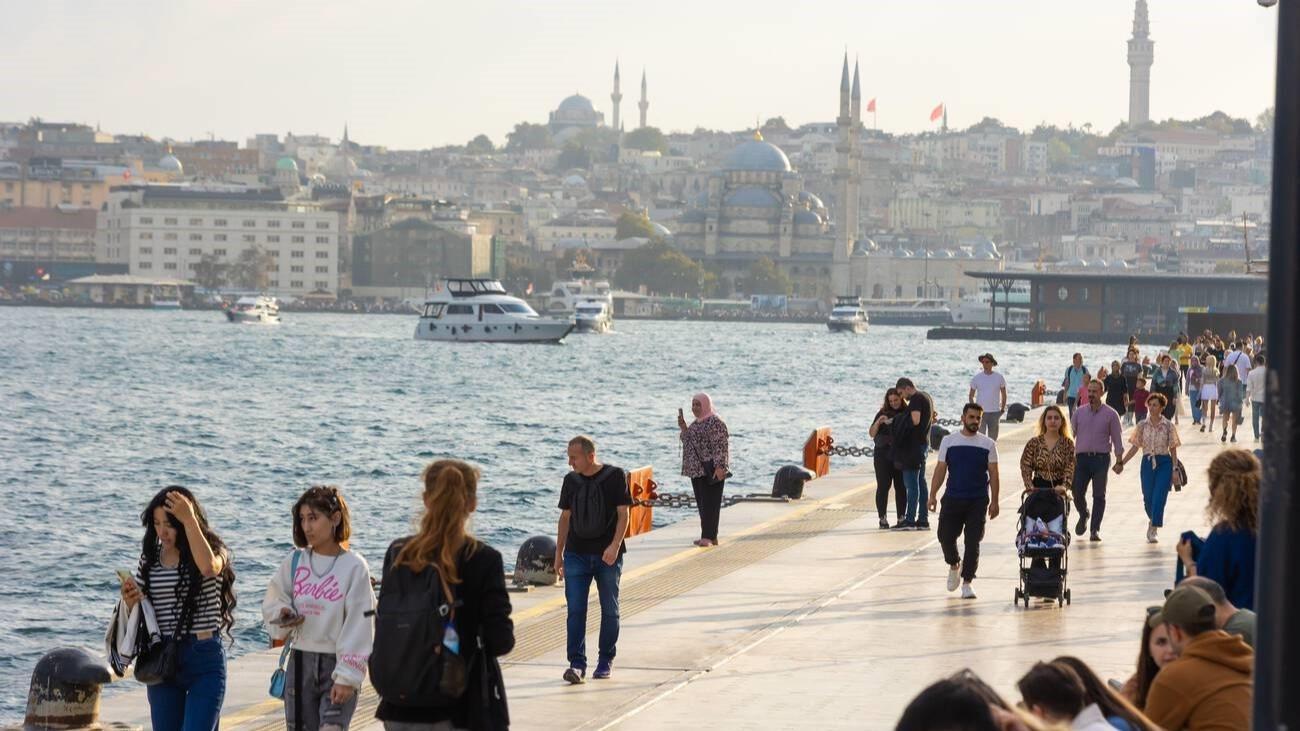
A new scientific study has revealed that nearly 1.6 million people living along the shores of the Marmara Sea face serious climate-related risks, including coastal erosion, storm surges and rising sea levels, with experts calling for swift precautions.
Conducted by two researchers from Istanbul University in collaboration with scholars from Singapore’s Nanyang Technological University and Indonesia’s Diponegoro University, the research was published last month in the Journal of Coastal Conservation.
Using the “InVEST Coastal Vulnerability” model developed by Stanford University, the team assessed the vulnerability of the Marmara Sea — a semi-enclosed inland sea — in detail for the first time.
The study found that 12 percent of the Marmara coastline falls into the high-risk category, while 60 percent is classified as medium risk.
Among the most vulnerable areas are Istanbul’s eastern coastline, northern Yalova province, south of the Kocaeli province, and parts of the provinces of Bursa, Balıkesir and Çanakkale.
According to the analysis, Kocaeli has the highest proportion of residents exposed to high risk.
In Istanbul’s eastern districts, storm surges and sea-level rise pose significant flooding risks to residential zones.
Yalova’s northern shores face shoreline narrowing and erosion threatening habitats, while in southern Kocaeli, dense industry and population pressure heighten vulnerability.
Accelerated erosion and land loss risk are seen in parts of Bursa, Balıkesir and Çanakkale, though the more sheltered coastlines of the Tekirdağ province and the Dardanelles show relatively lower risk.
Professor Cem Gazioğlu, one of the researchers, said the Marmara coast is becoming increasingly fragile under the combined pressures of climate change, erosion, rising sea levels and heavy human activity.
Natural shorelines have almost disappeared, reshaped by human interventions in the region, according to Gazioğlu.
"The coasts are unprotected, risks are growing, and the solution lies in ecological and holistic approaches,” he explained.
He stressed that safeguarding habitats such as seagrass meadows, wetlands and coastal forests is vital for building resilience.
“Steps taken today can prevent tomorrow’s economic losses, social crises, and ecological destruction,” he pointed out.
Professor Gürcan Büyüksalih, another researcher, underlined that the Marmara findings reflect a global trend.
Local responses are therefore part of a wider global responsibility, according to the expert.